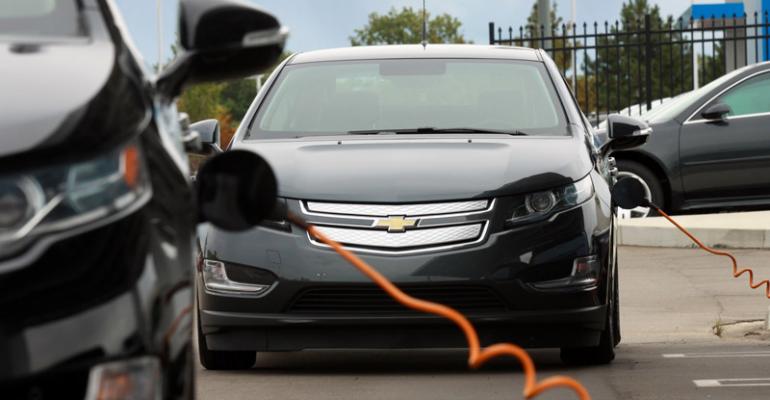Purdue University researchers find a way to recharge lithium-ion batteries within a matter of minutes instead of hours – at least on paper.
The researchers have shown theoretically how to control or eliminate formation of the dendrites that cause Li-ion batteries to fail.
Dendrites are lithium deposits that grow like tumors on electrode surfaces while batteries are being recharged and may continue to grow until they cause an internal short circuit, which results in battery failure and possible fire.
The university says its researchers have created an analytical theory that shows how to design experiments to study ways of controlling dendrite growth and allows prediction of dendrite formation’s early stages.
Associate professor of materials engineering Edwin Garcia says his team believes their work is the first of its kind because prior to its publication, work in this area heavily relied on anecdotal evidence.
“While we have applied this theory to lithium-ion batteries, it was formulated so that it could be readily applied to other emerging battery chemistries, such as magnesium-ion and lithium-sulfur,” Garcia says in a statement.
The research was funded by Toyota Motor Engineering and Manufacturing North America.
Dendrites add layers that, when cut in half, reveal an internal structure similar to tree rings, with each layer representing a single recharge. Because they grow faster when exposed to the high voltages needed for fast recharging, the dendrites limit recharging speed.
“You want your battery to recharge as fast as possible, in a matter of 10 minutes or so,” Garcia says. “This would be possible if we could better control or eliminate dendrite growth.”
The batteries have two electrodes – an anode and a cathode – separated by an insulating polymer that keeps the electrodes from touching. While the battery is being recharged, lithium ions are shuttled from the cathode to the anode through a liquid or gel called an electrolyte, from which the dendrites draw material to build up on the anode's surface.
The dendrites can grow large enough to penetrate the separating barrier and touch the cathode. The moment these touch, Garcia says, the battery is dead.
“Or worse, if you have too much current going through the dendrites while the battery is being charged, the battery can catch fire,” he notes.
The researchers used their analytical model to identify behavior associated with dendrite formation and have come up with proposals to control them.
They say one way could be to engineer the anode's surface chemistry to inhibit the lithium's beading at the surface so that it wets the surface and does not form a dendrite.
Another is to cause lithium deposits to grow uniformly, instead of heterogeneously.
The heterogeneous growth means the dendrites sprout unevenly at various locations on the electrode's surface. Some of the formations grow in needlelike spikes that quickly breach the barrier to the cathode.
High voltage is required for fast charging, but is restricted by heterogeneous dendrite formation. Having uniformly distributed lithium deposits of uniform size could make fast charging possible by allowing higher voltage.
Another approach might be to charge the batteries using rapid pulses of electricity instead of a constant current.
Garcia says the team has developed an analytical theory that identifies different ways in which Li-ion batteries can fail during recharge.
“Fundamentally, we proposed a universal road map that allows experimentalists and theoreticians to explore the different regimes of behavior during battery recharging,” he says.
“The proposed analytical road map enables researchers to identify the charging conditions that will completely suppress or at least minimize the formation of lithium dendrites.”
Researchers determined how to keep a dendrite from growing beyond its critical kinetic radius – the size at which it will either shrink or continue to grow, depending on how much current is applied.
They also learned smaller dendrites may transfer their mass to larger ones, causing the larger dendrites to grow faster and with more stability.
Research into dendrite behavior continues.
“The dendrites don't grow just everywhere, but at very specific locations on the anode,” Garcia says. “We want to model that. Such a comprehensive model would lead to advanced battery designs of improved performance and reliability.”





